In a singleton format like Commander, where you’re only allowed to play 1 copy of any card that isn’t a basic land instead of 4, you’re often forced to look for alternate means of redundancy when tuning your deck to help it run more consistently.
Periodically, you’ll be able to run 2 functionally identical cards with different names such as Nature’s Lore and Three Visits. Other times, you’ll be able to run very similar cards like Counterspell and Mana Drain.

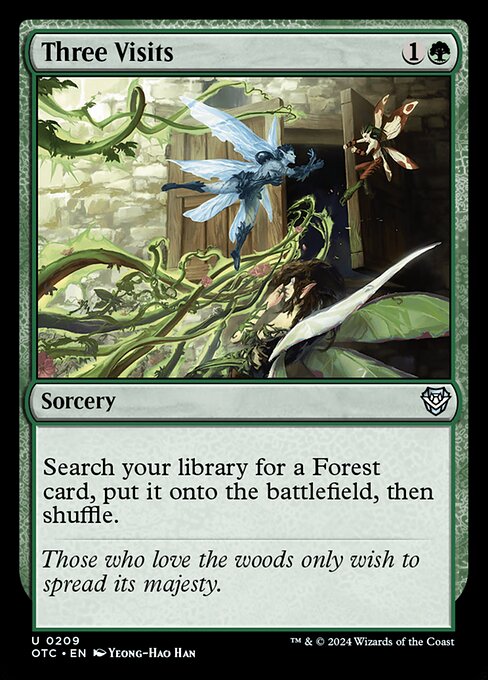


If you want multiple ways to draw the same specific card, however, there’s no solution better than running tutors.
What is a Tutor in Card Games?

The term “tutor” has been around as long as MTG itself, primarily referring to the ability to look through your deck for a card of your choice, then adding it to your hand.
As more tutor effects have been printed over the years, my definition has evolved a bit beyond this, so I’m going to borrow the short version from my discussion on the Commander format’s best black tutors.
A tutor in MTG allows you to search a library for 1 or more cards, then place the selected cards in a more accessible location, such as your hand, the top of your deck, your graveyard, the battlefield, or in exile.
The most important changes from a traditional tutor definition are that I consider searching any player’s library to gain access to a card to be tutoring, and that the selected card need not go into your hand, but to an alternate location where it is easier to cast or access the card than your deck.
Note that tutoring from an opponent’s deck is inherently riskier than looking through your own cards, as you aren’t going to have perfect knowledge of what your options are before casting your tutor spell, and may not be able to retrieve the specific card you want.
That said, access to opposing cards can often grant you the same sort of effect you need, or even a better one, without expending your own cards. This will allow you to use other tutors to retrieve your card(s) later in the game!
What are the Best Ways to Use Blue Tutor Cards?
When playing blue tutor effects, putting cards onto the top of your deck, into your hand, or onto the battlefield is going to be ideal, as blue’s graveyard and exile recursion is notably worse than black’s.
The primary exception to this rule of thumb involves retrieving instants, sorceries, and artifacts from your graveyard. Blue has a lot of synergy with these specific cards, and this will also show in most of its tutor effects by restricting you to searching for these specific card types.
Despite being less flexible than black in this area, blue tutors still bring significant value to the table, so let’s take a look at which ones are most likely to consistently improve your Commander deck’s performance.
As with other lists like this, cards are very loosely arranged from least powerful to most, with the understanding that these rankings will shift from situation to situation and person to person.
Bribery
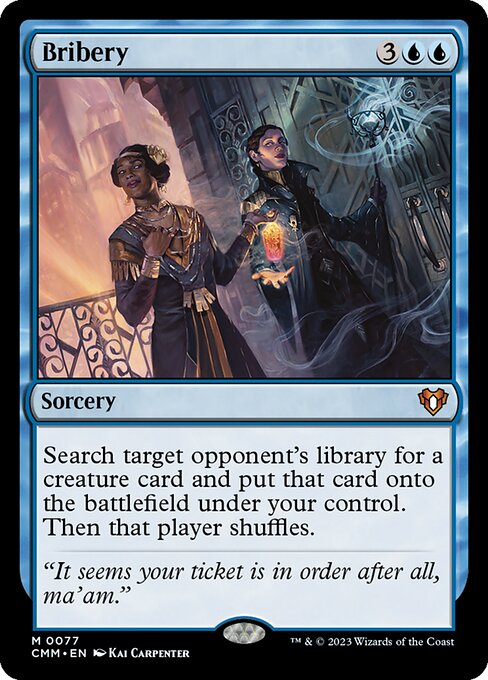
Bribery was one of the earliest boogeymen in EDH, before it became Commander. 5 mana not only took the best creature out of your opponent’s deck, it also put it on the battlefield under your control!
While you always had to have a plan in mind for taking down the best creature in your library back then, Bribery sees considerably less play nowadays. Whether this is because of the format becoming more focused on low mana value cards or more answers existing to combat stolen creatures, I personally see this as a good thing.
Bribery truly thrives when it is able to catch someone off guard and place them in a difficult position. If your opponent has only planned for how to deal with their greatest weaknesses, wielding their own strength against them can sometimes be so disruptive, it all but ends the game right then and there.
While not for every deck, if attacking is a part of your strategy or you simply want to turn that obnoxious Ulamog, the Infinite Gyre or Blightsteel Colossus back on its owner, consider taking Bribery for a spin and checking out the work it can do for yourself.
Dreamscape Artist
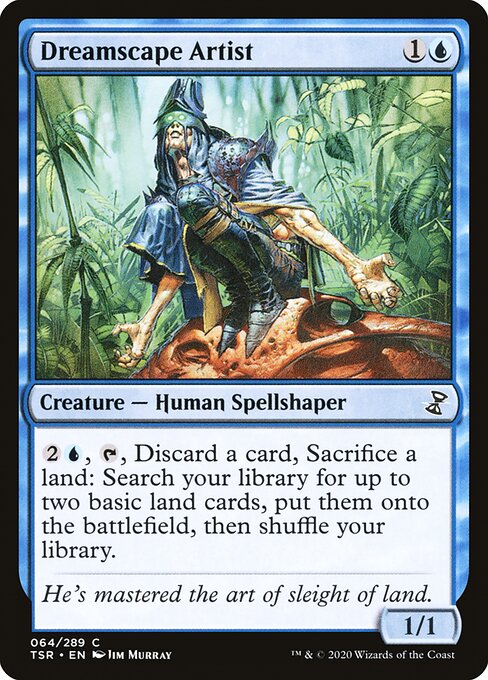
Blue cards don’t interact with lands very often. Sure, they might be able to put them back into a player’s hand from the battlefield or turn them into Islands, but mono-blue card effects just didn’t let you search your deck for them, let alone place them on the battlefield.
And then Dreamscape Artist showed up in Planar Chaos, a set that focused on bending and breaking the color pie by giving you access to effects previously seen on cards in other colors.
Harrow on a stick can do a surprising amount of work if left alone for a couple turns, giving blue access to a genuine mana ramp option that isn’t a mana rock. Yes, you have to wait a turn to use it (or give it haste) and discard a card, but that is frequently a very worthwhile trade, especially in a color known for drawing cards.
It’s also worth noting that you can use this card to retrieve any basic land, so if you’re playing multiple colors and don’t have access to green’s abundance of mana ramp, Dreamscape Artist might be the creature you never knew you needed.
Trinket Mage and Tribute Mage

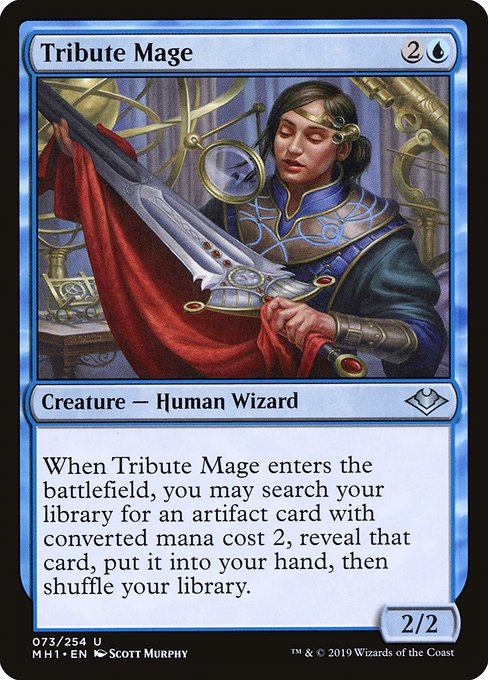
Trinket Mage has been a trusted Swiss Army knife in my blue Commander decks for over a decade, and I don’t see that changing anytime soon. 3 mana for a 2/2 creature isn’t anything to write home about, but being able to retrieve any 0 or 1 mana value artifact in addition to putting a blocker out has proven incredibly useful time and again.

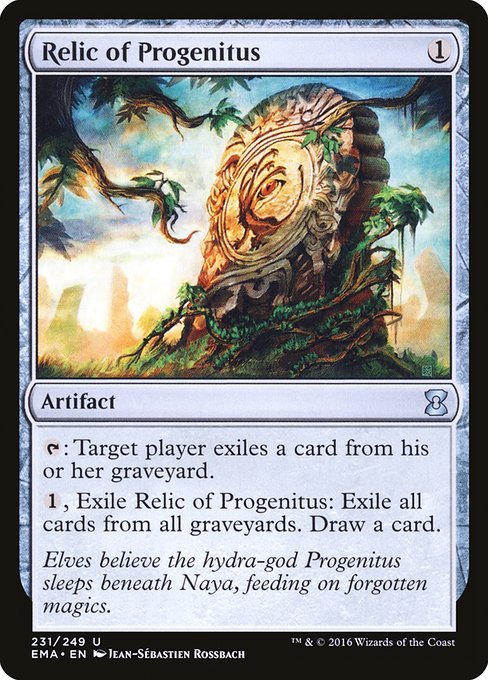
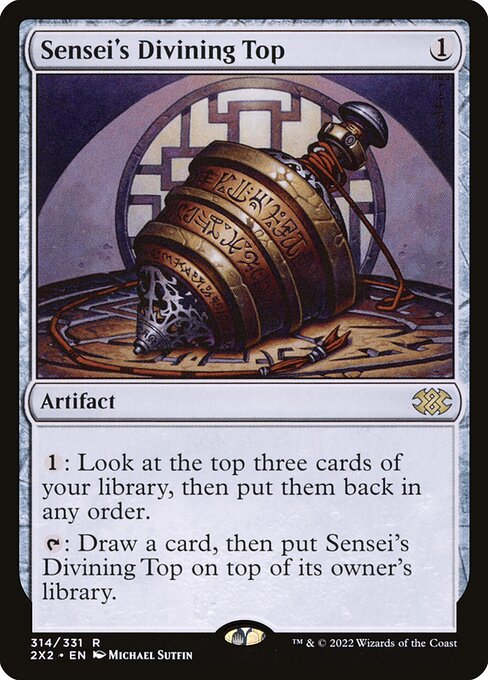
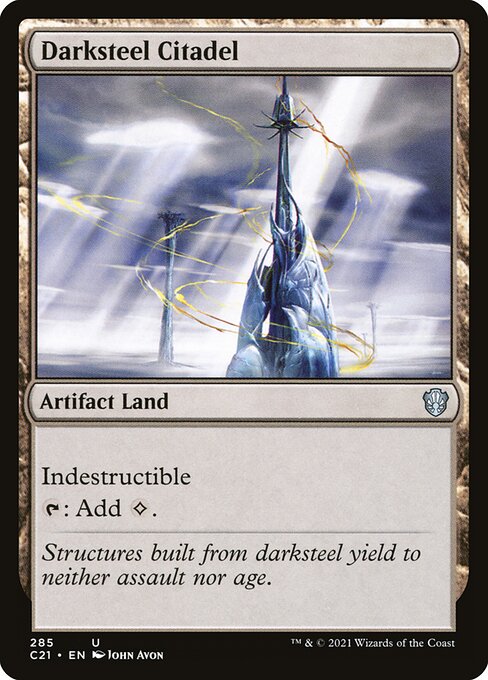
Early in a game, I’ll grab a Sol Ring or Mana Crypt for some quick mana ramp, or maybe a Darksteel Citadel if I’m worried about artifact removal like Vandalblast. Sensei’s Divining Top is just good, efficient card filtering, and sometimes combo fodder to boot.
And nothing beats having a Relic of Progenitus or Soul-Guide Lantern on speed dial if someone’s abusing their graveyard.
Tribute Mage, while a much newer card, has quickly secured a position in my blue decks as well, though I’ll admit, it’s mostly to fetch mana rocks.



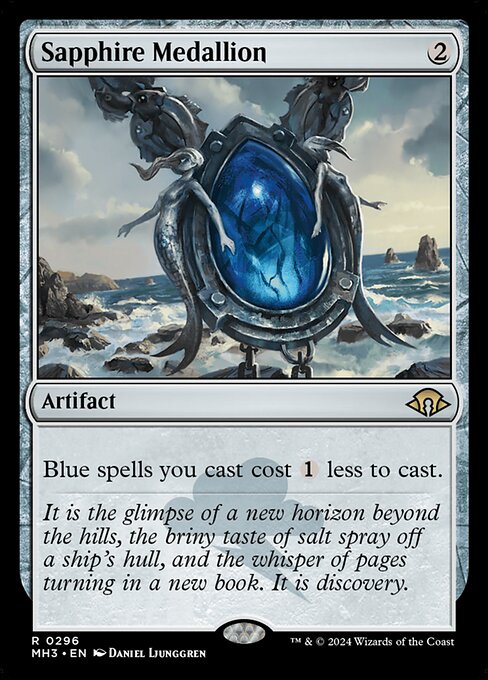
That isn’t strictly fair to Tribute Mage‘s utility though. Cards like Howling Mine, Mindcrank, Lightning Greaves, Umezawa’s Jitte, and Crashing Drawbridge all see reasonable amounts of play too, giving you access to a surprising variety of effects that are easy to get onto the battlefield immediately after tutoring.
So long as you have 4-5 valid targets each to tutor for, Trinket Mage and Tribute Mage have always pulled their weight for me, so I have no issue recommending them for any blue deck looking for an efficient tutor that also improves your battlefield presence. Bonus points if you have cards that recur or copy them for multiple uses!
Spellseeker
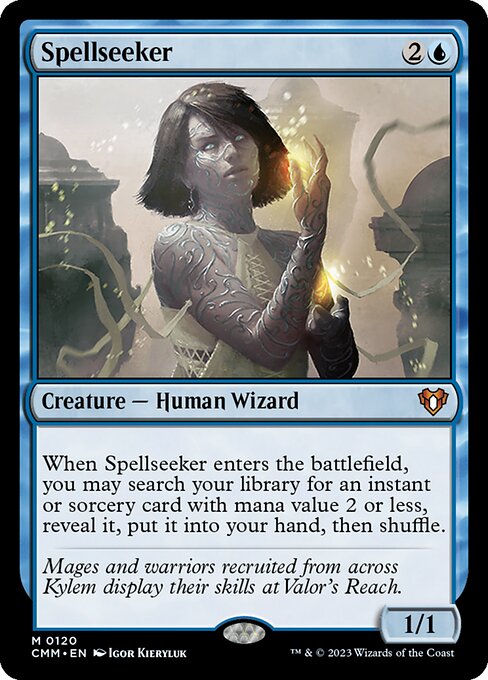
If inexpensive artifacts aren’t your fancy, Spellseeker‘s ability to fetch low mana value instants and sorceries will almost certainly capture your attention. Counterspells like Mana Drain, card draw effects like Brainstorm, removal like Reality Shift and powerhouses with alternate casting costs like Cyclonic Rift are at your fingertips for a mere 3 mana.
In decks with multiple colors, your options for powerful instants and sorceries expand exponentially. Reanimate, Growth Spiral, Boros Charm – even Demonic Tutor if you need to find a card that Spellseeker can’t!
Tutors like Spellseeker will also get more powerful as additional cards are added to Magic. Despite the restricted pool of cards it can retrieve, since that pool will only ever get bigger over time, an already good effect like this stands to gain versatility as it ages.
Fabricate
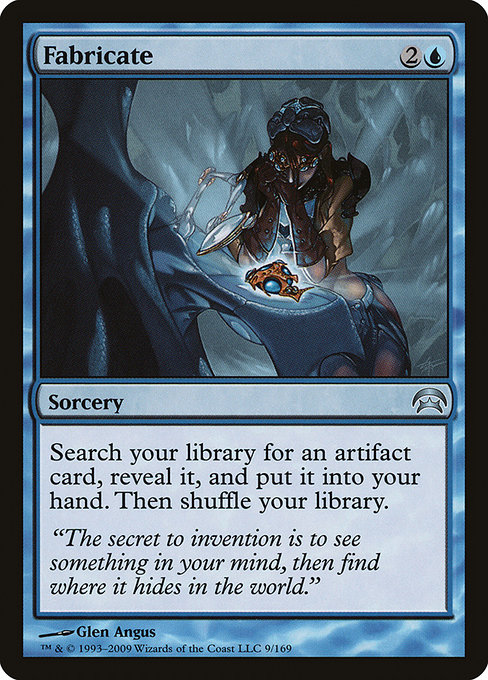
When you need access to any artifact your deck has to offer, Fabricate is often the spell to place it in your hand. While 3 mana is generally the top end of what you want to spend on a tutor effect, access to mana ramp, combo pieces, utility effects, and more often makes this cost seem like a bargain.
While this isn’t stapled to a creature like other tutors blue has to offer, Fabricate‘s flexibility when compared to cards like Trinket Mage makes it a far more important inclusion in artifact-centric Commander decks. This utility frequently helps it make the cut in other strategies too – even those with access to black and its myriad of powerful tutors!
If you aren’t sure of whether to include Fabricate in your deck, my general rule of thumb is to see if it meets at least one of these criteria:
- Are there approximately 10 valid targets to search for?
- Is there an artifact that always needs to hit the field ASAP for my strategy?
- Does my deck run artifacts are part of an infinite combo to win the game?
If the answer is yes to any of these questions and you have the room for another tutor, go ahead and try Fabricate in your deck. In a worst case scenario, it doesn’t deliver quite the impact you’re looking for and you try running something else.
Solve the Equation
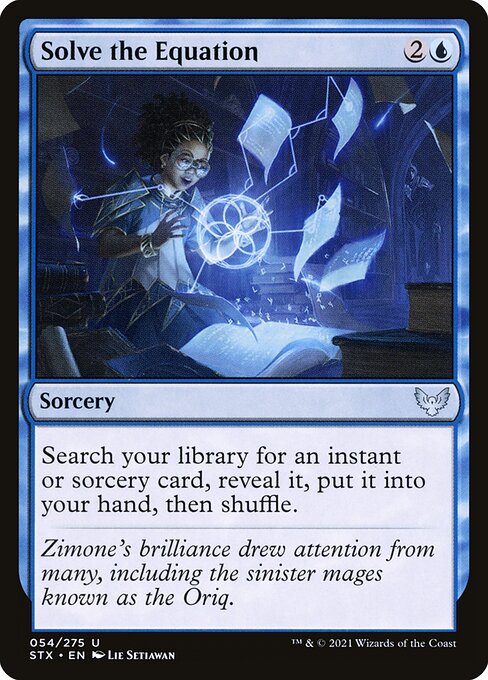
I’m honestly surprised it took Magic almost 30 years to print Solve the Equation. A 3 mana tutor that searches for any instant or sorcery in the color that is best known for its interaction with these card types feels like an obvious card design that just went overlooked after dancing around it with tutors like Fabricate and Merchant Scroll.
Instants and sorceries have long been known for their high impact within games of Magic, and as with Spellseeker, this means the inclusion of additional colors to your deck makes this card exponentially more flexible and powerful – especially since you also aren’t limited by mana cost when tutoring.

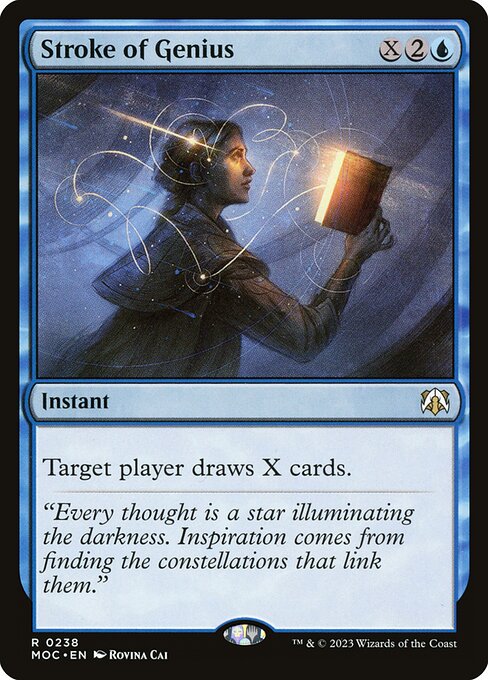
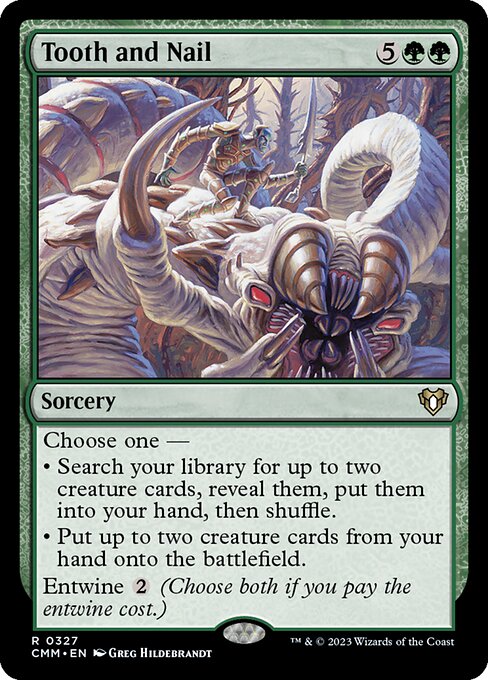
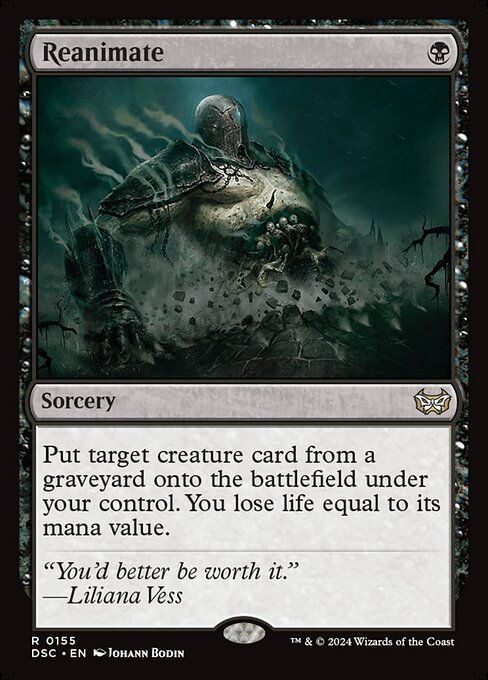
While it’s generally better to find a card you can cast immediately after tutoring so your opponents have less time to plan around you, sometimes the threat of a board wipe like Damnation or a counterspell like Cryptic Command will convince opponents to play a little more cautiously, giving you more time to set up for an even bigger play down the road.
As you get closer to end of a game, where hands are emptier and answers are largely spent, finding a finisher like Tooth and Nail or Rise of the Dark Realms is generally a safe play, even if you’ll have to wait until next turn to cast it.
Just make sure you can weather whatever the rest of the table can throw at you first – threats like these will draw out the last remaining strength your opponents have to stop you from winning.
Reshape and Transmute Artifact
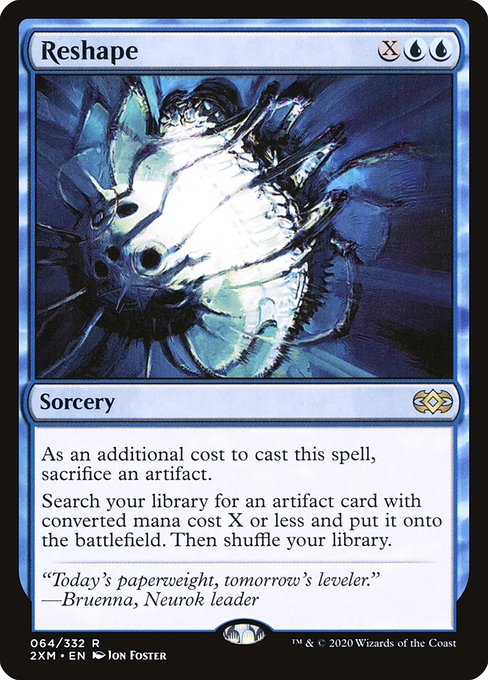
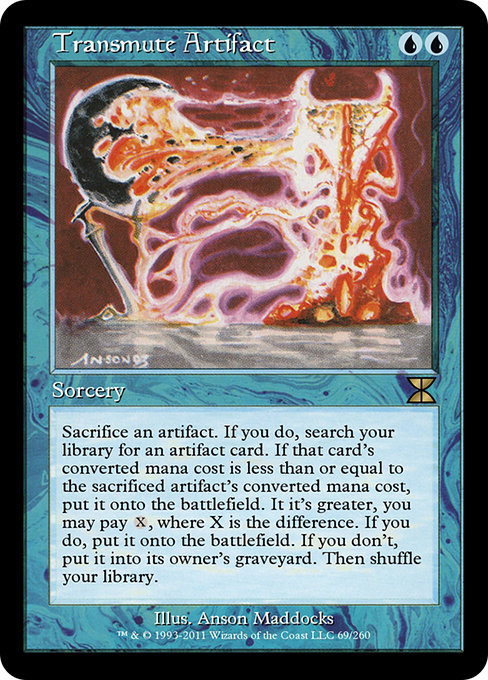
The well of blue artifact tutors runs surprisingly deep, which is great news for the Arcum Dagsson, Urza, Lord High Artificer, and other artifact-centric commanders out there. These tutors play a huge role in deck consistency, and Reshape and Transmute Artifact are among the best at what they do.
Reshape is easily the fairer card among this pair, and honestly reads like a fixed version of its predecessor. While you do have to sacrifice an artifact as part of the casting cost, being able to place any artifact in your deck onto the battlefield for its mana value + 2 blue mana is incredibly strong, and can be useful during almost any part of a game.
If you’re fortunate enough to own a copy of Transmute Artifact, it does a few things very differently. First, sacrificing an artifact is a part of this card’s effect, so if you’re hit by a counterspell, you don’t have to give up any of your board presence. This already makes it a far better card than Reshape, but we’re only just getting started.
Transmute Artifact also takes into account the casting cost of the artifact you sacrificed, and only makes you pay the difference between your sacrificed card and your tutored card if you searched for an artifact of higher mana value.
This allows for shenanigans with any artifact that has built in cost reduction mechanics like Myr Enforcer or Metalwork Colossus, potentially turning a card that costs nothing into a defensive fortress like Darksteel Forge or a deadly finisher like Blightsteel Colossus for hilariously discounted rates.
But wait, there’s more! If you don’t have the mana for the card Transmute Artifact tutored for, or you simply don’t wish to pay it, you can just let your tutored card go to the graveyard like a more expensive Entomb, allowing you to bring it back later with an effect like Reconstruction or Argivian Restoration.
Both of these cards traditionally see the most play in competitive combo decks, however, focusing on finding the pieces to generate infinite mana with combos like Basalt Monolith + Rings of Brighthearth or Isochron Scepter + Dramatic Reversal.
From there, they can combo off with a commander like Urza, Lord High Artificer or Breya, Etherium Shaper to win the game via value, direct damage, Thassa’s Oracle, or any number of other infinite combos.
Whir of Invention
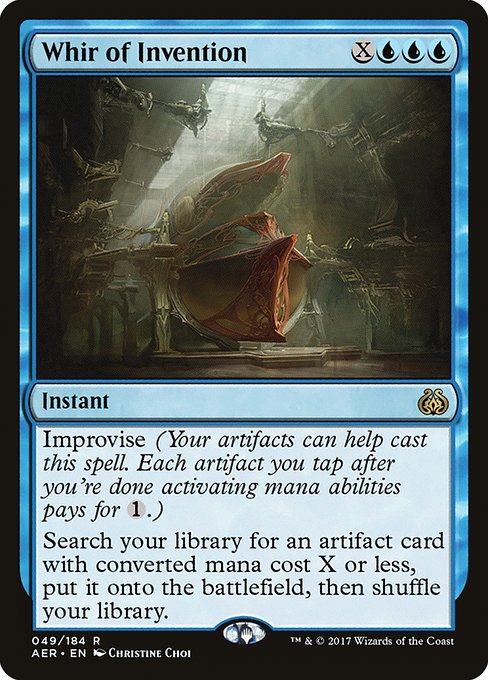
Whir of Invention has a more generic appeal than Reshape or Transmute Artifact, in that it doesn’t force you to sacrifice an artifact to use it and has its own built in cost reduction mechanic for tutoring, allowing you to tap artifacts to reduce the cost of X, which in turn lets you pull higher mana value cards from your deck to the battlefield.
Being an instant, it also lets you set up key cards right before beginning your turn, including ramp like Sol Ring, shenanigans with Vedalken Orrery, or the ability to attack or tap with an artifact creature on your turn that would normally have to wait through a full turn cycle of summoning sickness.
More often than not, however, it’s used to enable a lot of the same combos as Reshape and Transmute Artifact. Being able to set up a combo at the exact moment a table is tapped out is incredibly dangerous, and usually signals the end of the game soon after.
Merchant Scroll
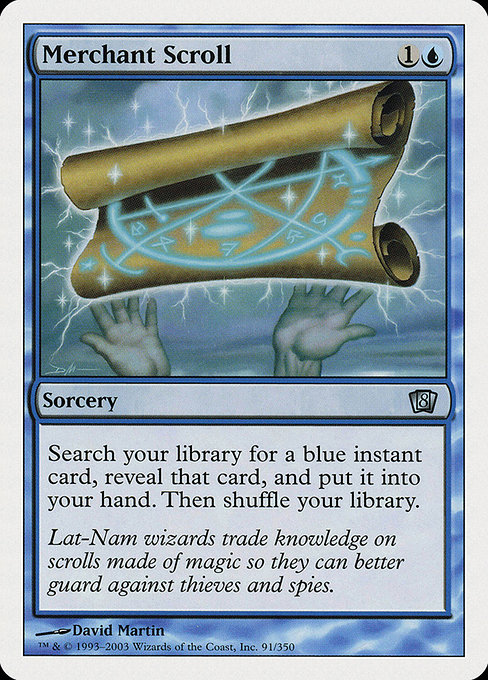
One of the only useful things to come out of the Homelands set, Merchant Scroll is about as close to Demonic Tutor as blue is likely to ever see.
While only being able to search for blue instants is a far, far cry from retrieving a card of your choice from your deck, many of blue’s most powerful cards are perfectly accessible through this effect, so it works out.
Powerful counterspells like Mana Drain or Narset’s Reversal, board clears like Perplexing Test or Evacuation, card filtering like Dig Through Time or Frantic Search, raw card draw through Blue Sun’s Zenith or Commander’s Insight – these only just scratch the surface of what a Merchant’s Scroll can do to reinforce your hand and available options.
So don’t be fooled by how limited this card looks – in 1-2 color decks, Merchant Scroll can be a very, very valuable inclusion for finding the cards you need.
Mystical Tutor and Personal Tutor

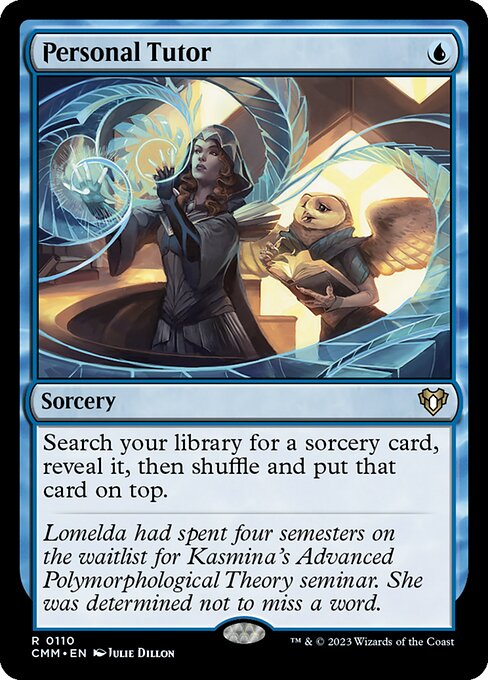
While these do a comparatively poor impression of Imperial Seal and Vampiric Tutor, Personal Tutor and Mystical Tutor are still powerhouses in their own right. 1 mana cards that put a specific card on top of your library, even if you’re limited to a specific card type or two, are always going to deliver value in excess of their mana cost.
While this value isn’t going to be directly measurable in terms of card advantage, as you’re effectively using up 1 card to set up your next draw, that next draw is going to be one of the best cards your deck has to offer, no matter which point of the game you’re in.
If you want to dive more into the discussion of card advantage vs card quality, I cover this in my discussion of the best black Commander tutors in Magic when discussing the power of Imperial Seal and Vampiric Tutor.
The short version is that both are important elements for evaluating a card, and these specific tutors represent an extreme in card quality for an incredibly minimal cost, which is what makes them so powerful.
Sorceries and instants also tend to be especially impactful on a board state when used to their fullest capabilities, so being restricted to one or both of these card types is hardly an issue for most Commander players as you can either catch up or race ahead as needed.
Personal Tutor is clearly the weaker of these two effects, as it casts at sorcery speed and specifically limits you to finding sorceries. While this has allowed me to set up a lot of Temporal Masteries, getting to shuffle my library after using a Brainstorm or Sensei’s Divining Top to put dead cards back into my deck is also solid incidental value.
Mystical Tutor is considerably more flexible in its casting speed and potential applications, as you can set it up at the end of your neighbor’s turn, then draw the instant or sorcery card you tutored for on yours.
That new card will have access to all your mana while giving your opponents almost no window of time to prepare for it, so your odds of successfully clearing the board with a Cyclonic Rift, executing a combo like Narset, Parter of Veils and Windfall, or pulling back a powerful effect with Flood of Recollection are higher than normal.
Both cards are really, really good though. While you’ll clearly play Mystical Tutor if you only have room for one of these effects, both are fully capable of advancing your position in a multiplayer environment like Commander.
Intuition
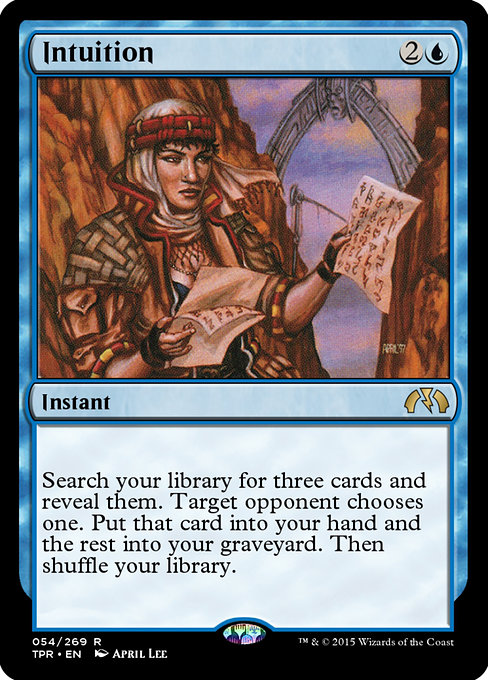
Blue’s best tutor is also among its hardest to acquire, only being beaten out by Transmute Artifact due to both of these cards being on the loathed Reserved List, a policy that ensures Intuition won’t see a reprint it desperately needs.
If you happen to have one in your collection, however, the value it is able to bring to your deck is incredible. First, it’s an instant, making it an ideal card for setting up big plays on an opponent’s turn without tying up mana unnecessarily on yours.
Second, it allows you to search for any 3 cards with no strings attached, present them to an opponent, then have them pick 1 to put in your hand. Short on mana? Grab 3 lands. Need a specific effect? Search 3 redundant ways to gain access to it and take the choice out of enemy hands. Simply looking to fill your graveyard? The cards your opponent doesn’t pick get sent there.
Blue doesn’t get unconditional tutors like Intuition, period. Nothing even remotely close has been printed before or since. And we haven’t even scratched the surface of its combo potential yet.
Lion’s Eye Diamond is frequently at the center of combos enabled by Intuition, working in conjunction with cards like Underworld Breach + Sevinne’s Reclamation or commanders like Muldrotha, the Gravetide along with Phantasmal Image + Animate Dead to make tons of mana.
If setting up lots of mana to win isn’t your thing, Kess, Dissident Mage can simply win you the game on the spot by having Intuition fetch up Thassa’s Oracle, Demonic Consultation, and Reanimate, and it’s hardly the only commander with access to these kinds of shenanigans.
TL;DR: No matter the power level of your Commander deck, from relatively fair magic to cEDH, Intuition will almost always be able to help you make an incredibly strong play.
How Many Tutors Should a Commander Deck Have?
This answer is always going to vary a little bit, depending on the colors of your deck (and by extension, the tutors you have access to), your deck’s strategy, and the power level you’re shooting for.
My general rule of thumb is to shoot for roughly 6-10 in most cases, focusing primarily on tutors that cost 3 mana or less, have access to a fairly wide selection of targets, and actively work toward my deck’s game plan for winning.
Combo decks might want more than this, but they’re generally geared toward finding very specific cards at any cost, so finding as many routes to reach their desired destination is also completely reasonable.
If your mono-blue deck doesn’t use many instants, sorceries, or artifacts, your options for tutors are going to be very limited. Most blue tutors only work with these types of cards, so you might have to get a little creative with effects that search through opposing libraries or break the mold in order to sneak a few more into your deck.
Fortunately, cards like Acquire or Knowledge Exploitation and artifacts like Ring of Three Wishes or Planar Bridge can help you in a pinch, but these tend to be very mana intensive or situational, so I recommend using them sparingly.
My final piece of advice is to also consider tutors that aren’t on this list if they make sense in your deck. The “best” tutors for any given strategy can vary, and this list, while containing the most universally played and powerful ones blue has to offer, isn’t meant to tell you these are the only tutors you should play.
Playtesting is an integral part of the deckbuilding and optimization process – see what works for you and don’t be afraid to run with it if it works!
Other MTG Articles You Might Enjoy
- Best Black Commander Tutors in MTG
- Best Mana Rocks for Commander in MTG
- Should Cyclonic Rift be Banned in EDH?
- The Most Powerful Equipment for Commander
- Why was Flash Banned in EDH?
Braden is a founder of Assorted Meeples and has been a gamer & writer with a vivid imagination all his life. Don’t believe us? Check out his excitement when meeting Goosebumps author R.L. Stine as a kid! An avid Magic: The Gathering spellslinger for over 15 years, you can always convince him to shuffle up for a game (or three!) of Commander.
